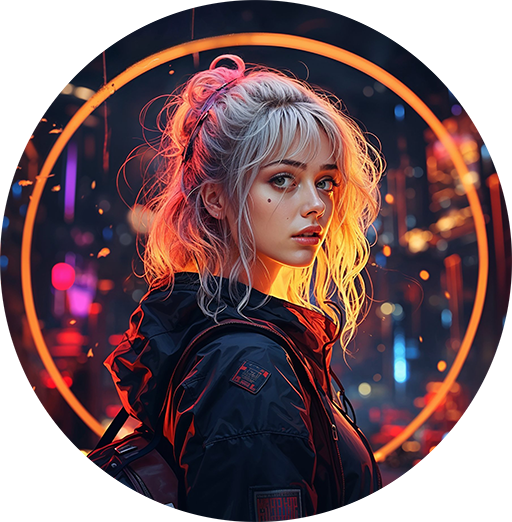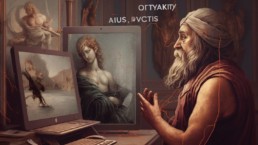Digital Art: Debunking Myths
In recent years, digital art has become increasingly popular, yet it is still surrounded by numerous misconceptions and questions. As artists explore the fusion of art and artificial intelligence, it is essential to clarify the meaning of digital art, address common concerns, and emphasize its value in today’s creative landscape.
Understanding Digital Art
Digital art refers to any form of artistic expression that uses digital technology as an integral part of the creation, manipulation, or presentation process. It encompasses various styles and techniques, ranging from digital painting and illustration to photography, 3D modeling, and interactive installations.
Debunking Myths and Addressing Concerns
Digital art is real art: Some argue that digital art is not “real art” because it does not involve traditional mediums like paint, canvas, or sculpting materials. However, digital art is simply another medium that allows artists to express their creativity and emotions, just like traditional art forms.
Digital art isn’t inherently better or worse: The quality of an artwork depends on the artist’s skill and creative vision, regardless of the medium used. While digital tools may offer convenience and efficiency, traditional art techniques have their own unique charm and tactile qualities.
Digital art is not cheating: The use of digital tools does not automatically make art creation easier or less authentic. Digital artists still need to develop their skills, hone their craft, and invest time and effort into their work.
Exploring the World of Digital Art
Where to find digital art: Digital art can be found in various places, such as online galleries, social media platforms, digital museums, and even physical exhibitions showcasing digital prints or interactive installations.
The future of traditional and digital art: While digital art continues to grow in popularity, it is unlikely to replace traditional art completely. Both forms of art have their own distinct value and appeal, and the two can coexist, enriching the overall creative landscape.
Protecting digital art: Digital art can indeed be copyrighted. Just like traditional art, digital creations are protected by intellectual property laws, allowing artists to safeguard their work from unauthorized use or reproduction.
Digital art is a diverse and fascinating realm that offers new opportunities for artists to explore and express their creativity. By understanding its true potential and addressing common misconceptions, artists can embrace digital art as a valuable and legitimate form of artistic expression.

